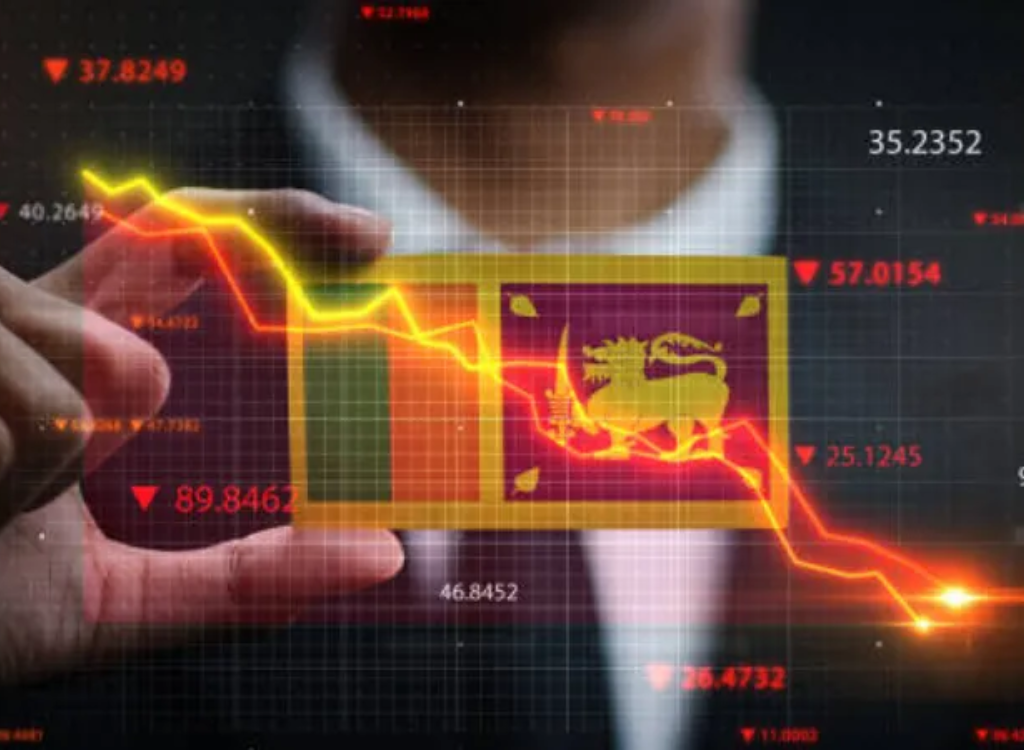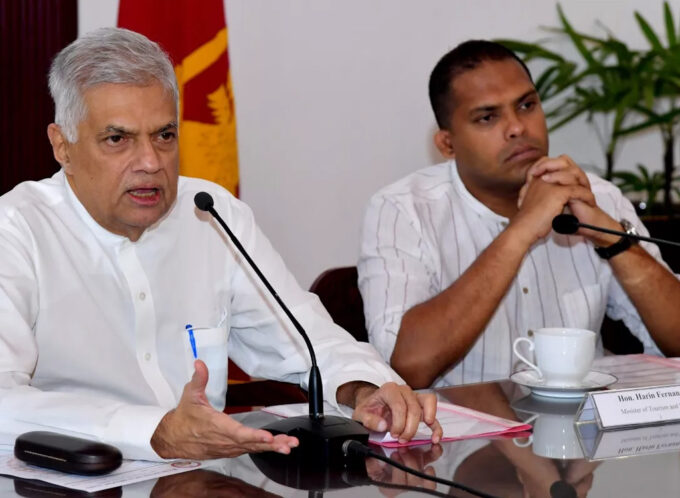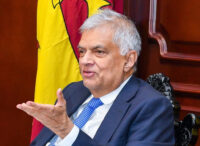Sri Lanka is grappling with two significant external economic threats that could impact its fragile recovery, prompting the International Monetary Fund (IMF) to adopt a wait-and-see approach before issuing any final assessments.
The twin challenges— the impending expiration of the European Union’s GSP+ trade concession in 2027 and the imposition of a reciprocal tariff regime by the United States—pose a direct risk to the country’s export-led economy.
The GSP+ (Generalised Scheme of Preferences Plus) allows Sri Lankan exports preferential access to EU markets.
According to a report by the Institute of Policy Studies (IPS), Sri Lanka could lose up to US$1.23 billion in export revenue if the European Union (EU) withdraws its preferential trade access under the GSP+ scheme.
Simultaneously, a new reciprocal tariff system introduced by the U.S. has led to the imposition of a significant tax on Sri Lankan goods.
While the original proposal called for a 44% tariff, continued negotiations between Colombo and Washington saw it reduced to 30% earlier this month.
Talks between the Sri Lankan government and the Office of the United States Trade Representative remain ongoing, with hopes of securing further concessions.
Sources indicate that the IMF is watching these developments closely. Although it has already flagged heightened risks to Sri Lanka’s external sector, especially in trade, the Fund is holding off on a final determination until the outcome of U.S. tariff talks is known.
Analysts warn that if the current tariffs are not further reduced or worse, if they are maintained or expanded, Sri Lanka could face job losses and a contraction in export revenue at a time when the economy remains vulnerable.
There is also concern that the financial burden will ultimately fall on workers and consumers.











Leave a comment